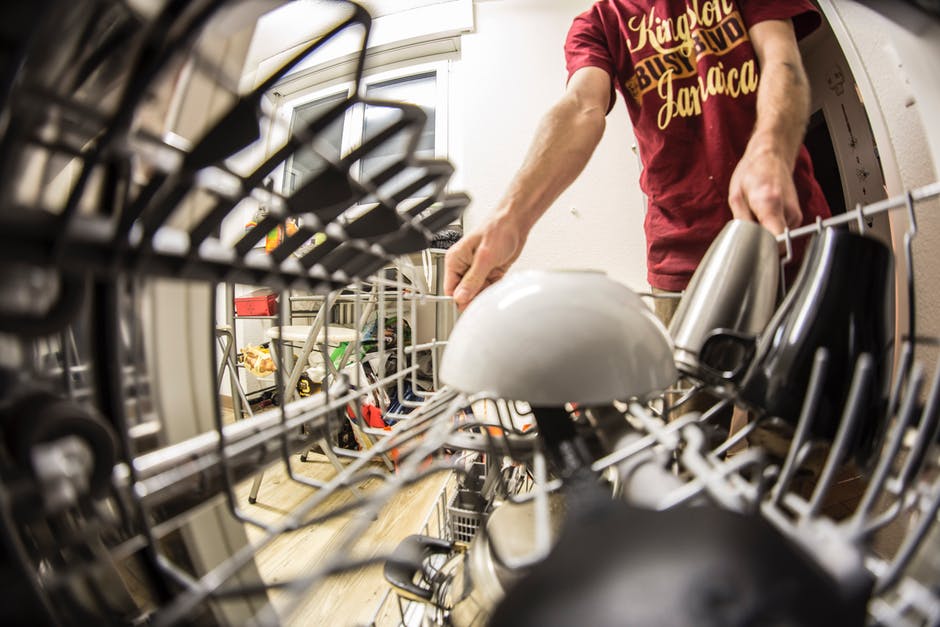Dishwasher Maintenance: Everything You Need to Know
Have you noticed that your dishwasher is looking a little worse for the wear these days? Did you recently purchase a new one and want to learn more about how to extend its lifespan?
Either way, you need to read up on common dishwasher maintenance. Doing so can help you avoid many dishwasher problems, and avoid costly repairs in the process. It can also help you determine when to perform a DIY project and when to call a professional.
See below for an in-depth guide on all things dishwasher maintenance. Be sure to use them to your advantage as you go about your day.
1. Inspect the Door
Some of you might notice that there’s a bit of water that trickles out from your dishwasher after it runs a load. If so, then you more than likely have a problem with your door.
If the door gets stuck when it opens or is a bit difficult to close, it could be due to a significant buildup. That buildup is causing the door not to close all the way and, thus, is causing the leak.
Grab a cloth and run it under some hot water. Wipe it around the inside of the door to clean off any gunk that you see. Don’t forget to check the bottom for anything that might be stopping the door from closing all the way.
2. Intensify the Cycle
Sometimes your dishwasher just needs a cleansing of its system. This is similar to when you use mouthwash in your oral hygiene routine. It gets rid of scum and germs that wouldn’t otherwise be cleansed.
To do this, simply pour a cup of vinegar and set it on the top rack of your dishwasher. Close the dishwasher door and run through a cycle as you usually would (one complete cycle, not a quick wash).
Make sure to prioritize time to do this once every month or any time that you feel like your dishwasher is getting unsanitary to place your dishes into. This will prevent rust from forming, cleanse your dishwasher of soap scum, and so forth.
3. Monitor the Rack Coating
Did you know that both the top and bottom rack of your dishwasher actually have a protective coating over them? There’s a plastic coating placed on both to prevent rust and corrosion on the metal inside.
However, with so many different utensils going in or out of the dishwasher, that plastic coating takes quite the beating over time. So much so, that it will start to develop cuts or chips in its body.
Either of which can be a detriment to the entire rack. If not fixed, water will get inside the plastic covering and reach the metal, causing it to rust. If you notice this, be sure to invest in rubber tips to prevent the metal from being exposed.
If the situation gets out of control, you can go to the manufacturer of your dishwasher and ask them where you can find a new rack. They may also provide a way to repair this issue, so be sure to inquire about both.
4. Find a Reputable Source for Spare Parts
Of course, sometimes things malfunction. Every part of your dishwasher has a shelf life. Some decelerate faster than others.
In those moments, it’s always good to have a source you can go to purchase spare dishwasher parts. Then, you can simply buy them and install them by doing it yourself. No need to contact a professional!
The process is easier than you might think. These days, there are thousands (if not millions) of helpful how-to videos on YouTube that you can play and follow along with every step of the way. You’d be surprised what you can repair by doing so.
5. Clear Out the Drain
If you’ve noticed that your dishwasher smells funky even after a thorough cleaning cycle, then it probably means your drain needs to be cleaned out.
Start by unplugging your dishwasher and turning off the circuit breaker. The plug for your dishwasher is either located at the same outlet as another appliance or directly under your sink (most likely, it’s the latter).
Locate the drain in your dishwasher (you may have to remove both racks), then remove the tray that’s attached to the drain. It should slide off without any difficulty whatsoever.
Get rid of all the buildup in the tray, then place it back in. Replug the dishwasher, turn the circuit breaker back on, then you should be all set!
6. Check the Arms for Clogs
Lastly, you might notice that your dishes aren’t coming out as clean as you’re used to. If so, then there might be an arm or two in your washer that is clogged.
Simply remove the bottom rack so that you can take a closer look. Grab something thin, such as a skinny wire, that you can use to unclog the holes of the spinning arms.
Run the dishwasher again and see if that doesn’t improve the situation. If not, then you’ll want to reach out to a professional service to take a deeper dive.
Use This Dishwasher Maintenance Checklist as Your Guide
Now that you have seen several important things to check off of your dishwasher maintenance checklist, it’s important to use them to the best of your abilities.
Take the time each month or so to quickly run through all of them. This will help prevent you from having to replace the dishwasher too early.
Be sure to browse our website for more guidance on kitchen appliance maintenance, as well as many other helpful topics.

